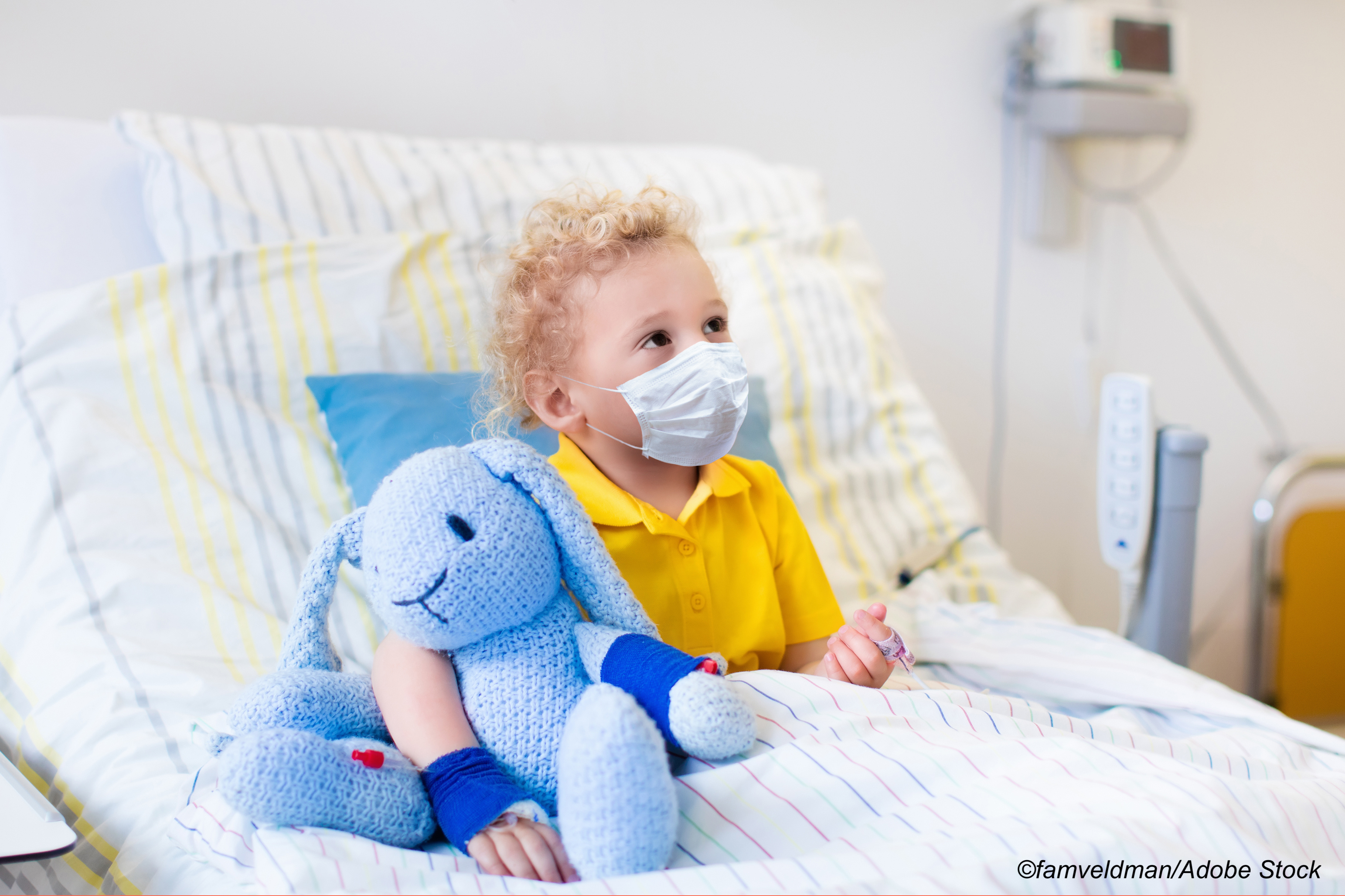Although amoxicillin is widely recognized for treatment of community acquired pneumonia (CAP) in young children, the optimal dose and optimal duration of therapy remain unclear, as neither have been widely studied.
For example, in 2011 the Infectious Diseases Society of America recommended high dose amoxicillin for 7 days, and in 2016 some Canadian researchers were saying that may be too much for too long. In 2016, the University of Michigan’s C.S. Mott Children’s Hospital issued treatment guidelines, citing as reference the IDSA’s 2011 recommendations.
Confused? Not surprising, since as Julia A. Bielicki, PhD ,of Pediatric Infectious Diseases Research Group, Medical Research Council Clinical Trial Unit at University College London, Institute for Infection and Immunity, St George’s University of London, and co-investigators with the CAP-IT trial wrote in JAMA: “[f]ew trials have compared different durations of the same antibiotic for treatment of CAP in adults or children, and none to our knowledge have compared both dose and duration in the same trial for childhood CAP.”
So, they sought to fill this knowledge gap with a randomized 2 x 2 factorial design noninferiority trial that looked at both low- and high-dose amoxicillin for different durations. The amoxicillin (lower-dose 35-50 mg/k/d or higher-dose 70-90 mg/kg/d) was prescribed in two divided daily doses. Children were enrolled within 48 hours of discharge from a hospital or emergency department. The primary outcome was clinically indicated re-treated for respiratory infection in 28 days. Secondary outcomes included parent-reported symptom severity or duration, drug-related adverse events, and antibiotic resistance.
The pre-specified noninferiority margin was 8%.
“For lower versus higher dose, the primary outcome occurred in 12.6% with lower dose versus 12.4% with higher dose (difference, 0.2% [1-sided 95% CI −∞ to 4.0%]), and in 12.5% with 3-day treatment versus 12.5% with 7-day treatment (difference, 0.1% [1-sided 95% CI −∞ t0 3.9]),” Bielicki and colleagues wrote. “Both groups demonstrated noninferiority with no significant interaction between dose and duration (P=.63). Of the 14 prespecified secondary end points, the only significant differences were 3-day versus 7-day treatment for cough duration (median 12 days vs 10 days; hazard ratio [HR], 1.2 [95% CI, 1.0 to 1.4]; P=.04) and sleep disturbed by cough (median, 4 days vs 4 days; HR, 1.2 [95% CI, 1.0 to 1.4]; P=.03).”
A subgroup analysis of children with severe CAP found “the primary end point occurred in 17.3% of lower-dose recipients versus 13.5% of higher-dose recipients (difference, 3.8% [1-sided 95% CI, −∞ to 10%]; P value for interaction=0.18) and in 16.0% with 3-day treatment versus 14.8% with 7-day treatment (difference, 1.2% [1-sided 95% CI, −∞ to 7.4%]; P value for interaction=0.73).”
The researchers enrolled 824 children and included 814 in their final analysis:
- 35-50 mg/kg/d amoxicillin for 3 days (n=208).
- 35-50 mg/kg/d amoxicillin for 7 days (n=202).
- 70-90 mg/kg/d amoxicillin for 3 days (n=205).
- 70-90 mg/kg/d amoxicillin for 7 days (n=199).
The average age of the children was 2.5 years, just over half were boys, and more than two-thirds were White. More than 90% were current on vaccinations. Roughly a third had a history of respiratory ailments (asthma or inhaler use in the month prior to enrollment). “At presentation, 441 (54%) were febrile, 578 (71%) had tachycardia, and 528 (65%) had tachypnea. At randomization, 591 (73%) children were discharged directly from the ED, and 223 (27%) had an inpatient stay of less than 48 hours,” the study authors wrote.
A majority of the children were naive to inpatient antibiotics (n=591), and in this group the “primary endpoint occurred in 11.7% in the lower-dose group versus 12.8% in the higher-dose group (difference, −1.5% [1-sided 95% CI, −∞ to 3.0%]) and in 11.5% in the shorter-duration group versus 12.9% in the longer-duration group (difference, −1.5% [1-sided 95% CI, −∞ to 3.1%]). Among the 223 children enrolled following inpatient antibiotic treatment, the corresponding rates were 15.3% in the lower-dose group versus 11.5% in the higher-dose group (difference, 3.7% [1-sided 95% CI, −∞ to 11.4%]) and 15.2% in the shorter-duration group versus 11.3% in the longer-duration group (difference, 3.9% [1-sided 95% CI, −∞ to 11.5%]) ; neither comparison met the noninferiority criterion. Post hoc interaction tests for these subgroups were not statistically significant (P=.37 with dose randomization; P=.32 with duration randomization).”
There were a number of limitations to the study, including the fact that the findings don’t “unequivocally identify children likely to benefit from antibiotics.” The authors also cautioned that the findings may not be generalizable to children with very severe disease.
They concluded that for children with CAP “discharged from an ED or hospital ward (within 48 hours), low-dose outpatient oral amoxicillin was noninferior to high dose, and 3-day duration was noninferior to 7 days, with regard to need for further antibiotic retreatment. However, disease severity, treatment setting, prior antibiotics, and acceptability of the noninferiority margin require consideration when interpreting the findings.”
-
In a randomized trial comparing amoxicillin dosing and duration of treatment regimens in children with community acquired pneumonia (CAP) that stipulated an 8% noninferiority margin, neither lower dose nor shorter duration treatment was inferior to higher dose or longer duration treatment.
-
Be aware that in this study, amoxicillin at 35 to 50 mg/kg per day was an effective treatment option to prevent antibiotic re-treatment in children with CAP.
Peggy Peck, Editor-in-Chief, BreakingMED™
The CAP-IT trial was funded by the NIHR Health Technology Assessment Program, Antimicrobial Resistance Themed Call.
Bielicki reported grants from the National Institute of Health Research during the conduct of the study; her spouse was seniorcorporate counsel at Novartis International AG, Basel, Switzerland until June 2020 and owns stock and stock options.
Cat ID: 138
Topic ID: 85,138,728,791,570,576,730,138,192,152,925




Create Post
Twitter/X Preview
Logout